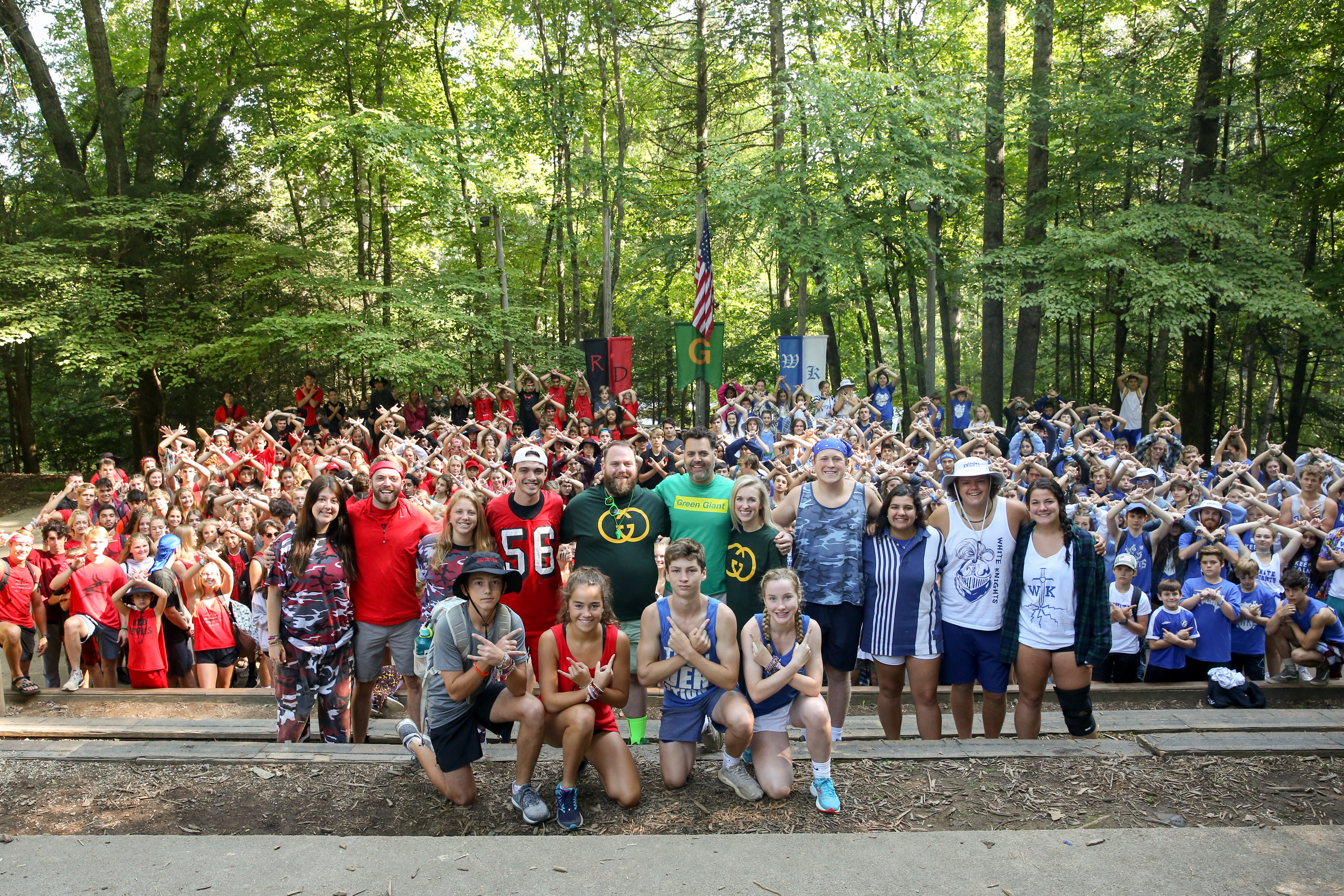
After the British surrender of Singapore on 15 February 1942, Stanley and Allied POWs were ordered to march to Changi for internment the 15,000 Australians went into Selarang Barracks and the British to Roberts and Kitchener Barracks. By 12 February, the situation in Singapore was desperate and Lieutenant-General Arthur Ernest Percival, General Officer Commanding of HQ Malaya Command, ordered the Changi Garrison to withdraw to Singapore Town. The Changi Garrison, a heavily fortified coastal defence where most of the British forces were based, consisted of three army barracks the 2nd Battalion Gordon Highlanders in the Selarang Barracks, the Royal Engineers in Kitchener Barracks, and the 9th Coastal Artillery Regiment of the Royal Artillery in Roberts Barracks. Upon their arrival, their fight against the Japanese was brutal and short-lived, and soon his battalion began retreating to Singapore. In early 1942, he was posted overseas to Malaya (former name for Malaysia) with the 15th Field Regiment Royal Artillery after the Japanese had invaded Malaya and Thailand, and Pearl Harbor had been bombed. His responsibilities included having to make quick drawings of panoramas used to plot targets for the guns. In January 1940, he enlisted in the army to join the fight against Nazi Germany and was posted to the Royal Regiment of Artillery as an Observation Post Assistant. Stanley was employed as a commercial designer producing poster ads with the Grenada organisation before the war. He was talented in art from young and was a religious man. Stanley Warren was born in England in 1917.

In the 1990s, the former site of the murals was gazetted as a Heritage Site by the National Heritage Board of Singapore.

Due to Stanley's advanced age, only four of the original murals were fully restored. He made three trips to Singapore between 19 to restore his former paintings. Stanley was eventually found in 1959 and, after much persuasion, agreed to assist in the restoration project. Due to their historical significance, an international search was conducted to locate the original painter in helping to restore the damaged and faded murals. They were forgotten until its rediscovery in 1958. With a message of universal love and forgiveness, they helped to uplift the spirits of the POWs and sick when they sought refuge in the prison chapel.Īfter the war, the walls of the chapel were distempered over, hiding the murals from view. His murals were completed under difficult conditions of sickness, limited materials and hardships.

The Changi Murals are a set of five paintings of biblical theme painted by Stanley Warren, a British bombardier and prisoner-of-war (POW) interned at the Changi Prison, during the Japanese occupation of Singapore in World War II (WWII). The Nativity, one of the murals drawn by Stanley Warren on the walls of St Luke's Chapel in Roberts Barracks, Singapore


 0 kommentar(er)
0 kommentar(er)
